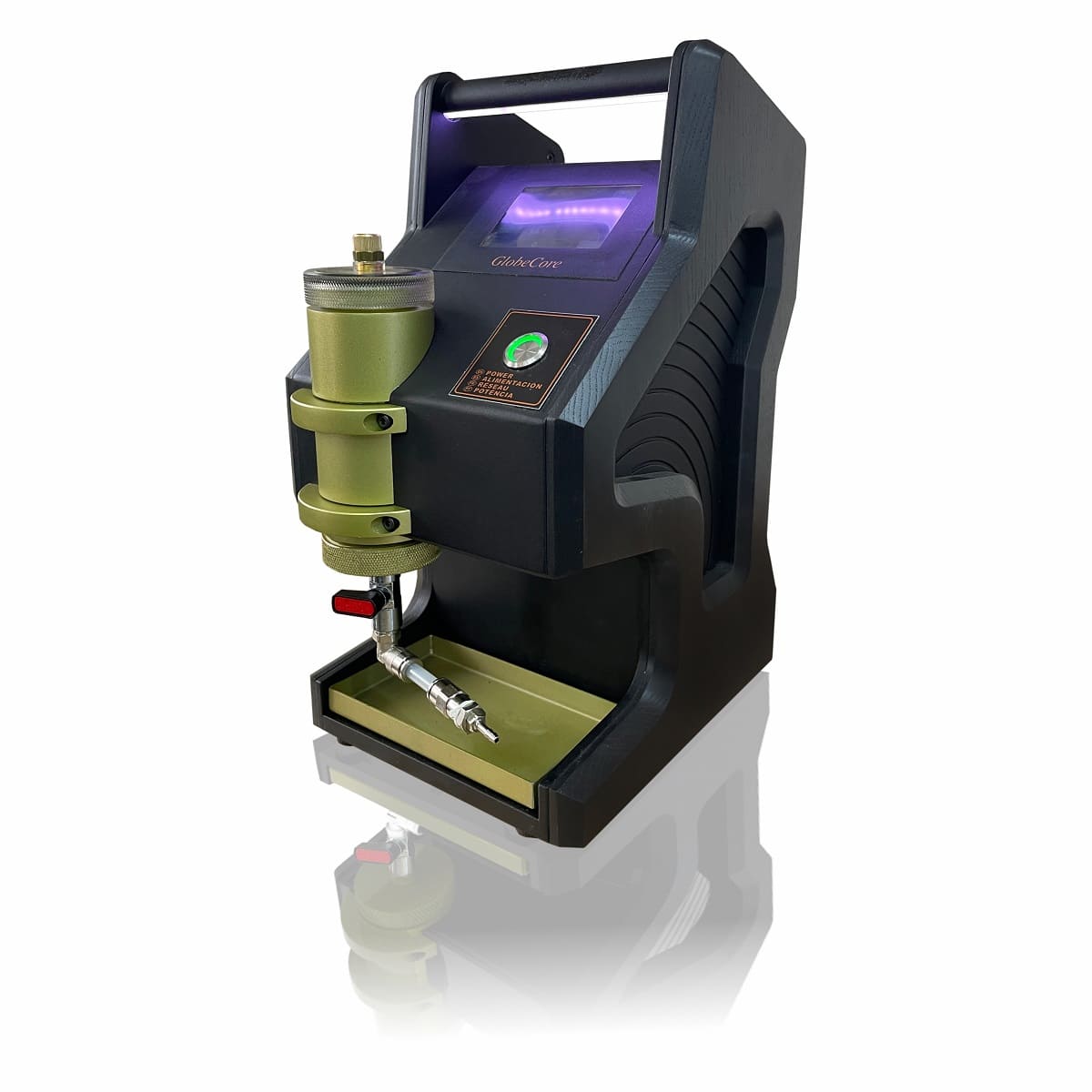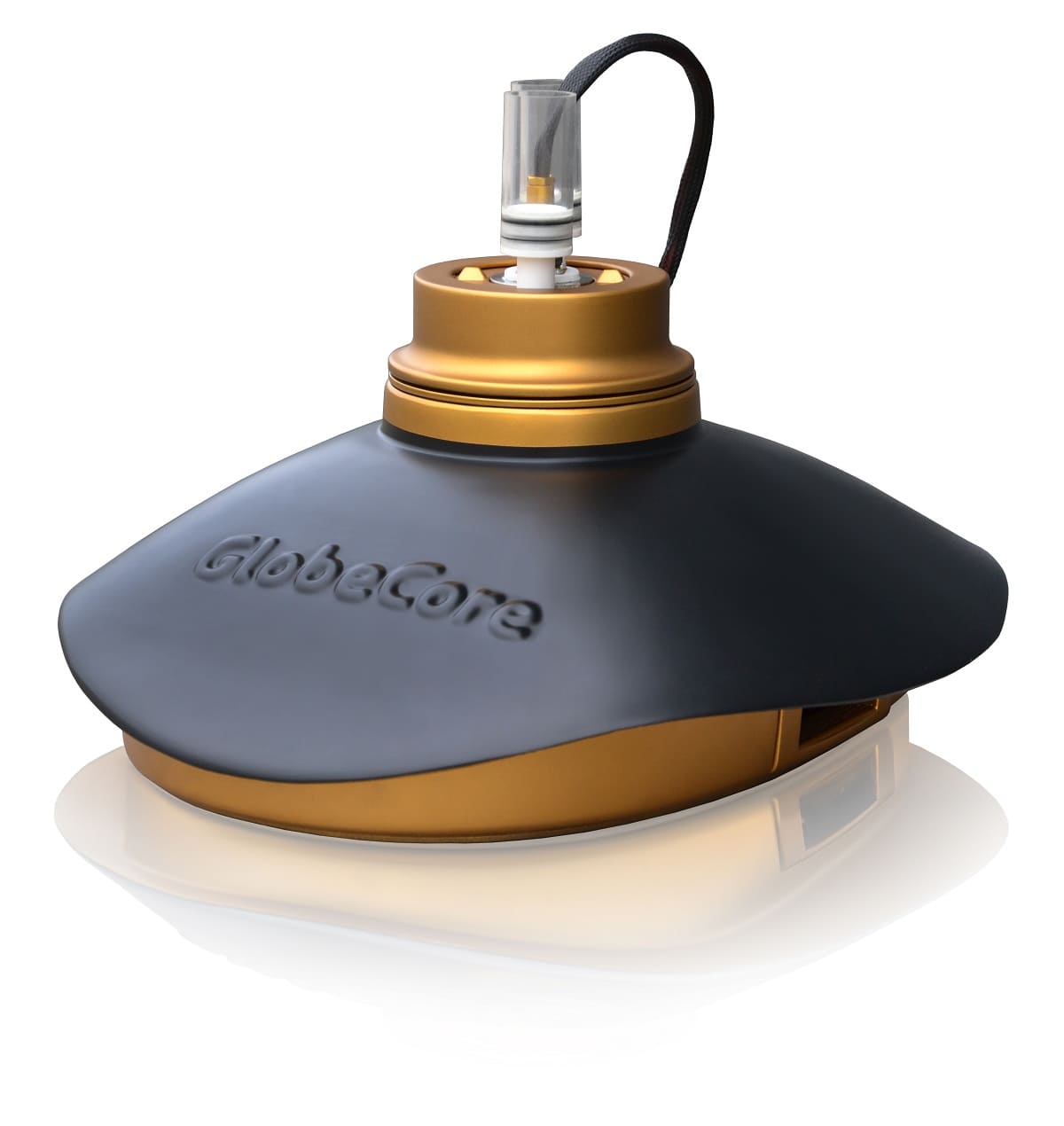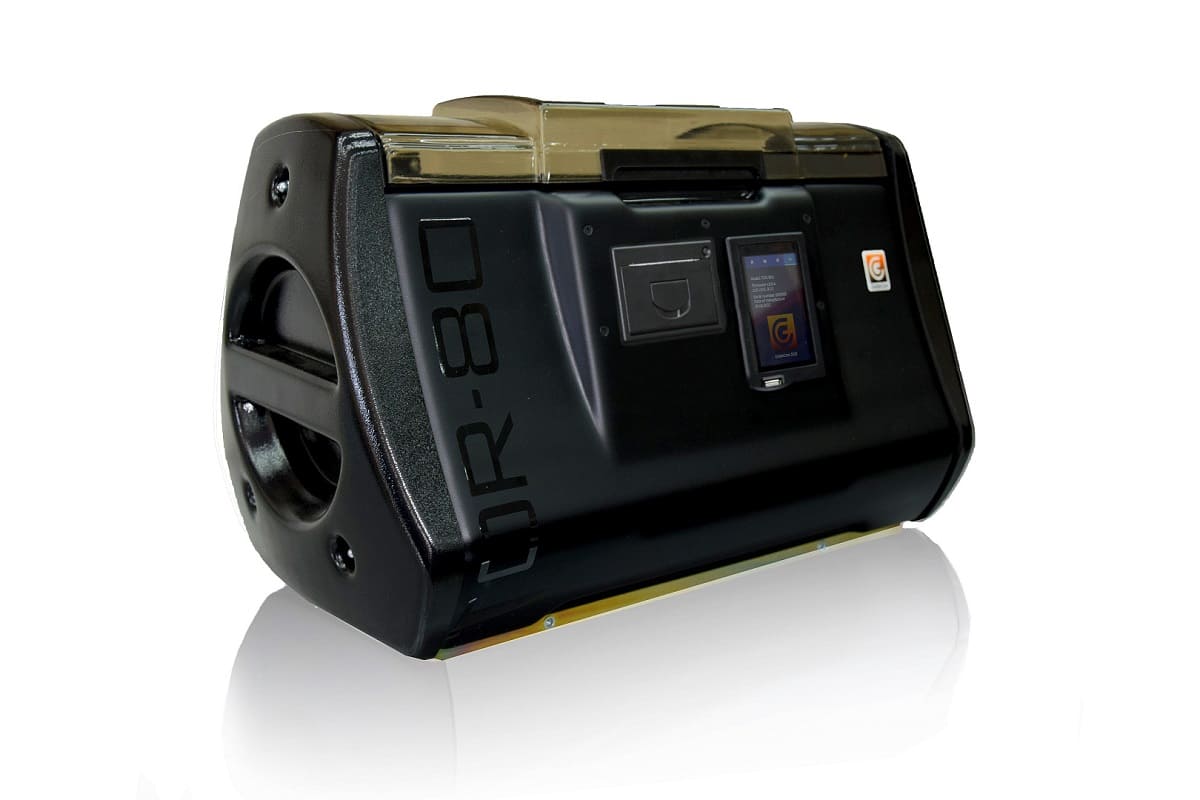How is an oil BDV test conducted?
- This topic has 1 reply, 2 voices, and was last updated 1 year, 3 months ago by .
Answers
-
September 6, 2024 at 11:52 am by rost
An oil BDV test, which measures the breakdown voltage of insulating oils, is conducted by utilizing a high-voltage electrical testing device that follows the ASTM D877 or IEEE C57.64 standards. The process involves filling a test vessel with the oil sample, placing two electrodes in a standardized configuration, and then gradually applying a voltage until the oil fails to insulate, resulting in a dielectric breakdown. The voltage at which this occurs is recorded as the BDV value. This test is crucial for assessing the insulation quality of transformer oils and ensuring that they meet necessary safety and performance standards. Before the test, it’s important to ensure that the oil sample is free from moisture and particles, which can skew results. Regular BDV testing helps in predictive maintenance and prolongs the life of electrical equipment.



